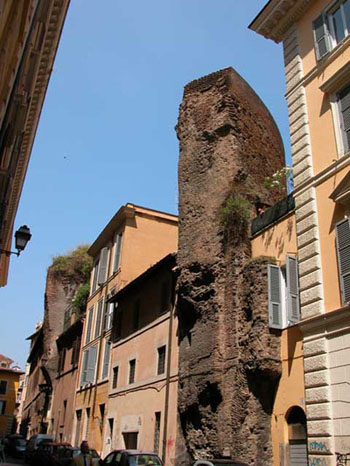WATER IN ROME
Ever since the earliest times, water has played an important role in the life of the city, a source of health and hygiene, but also part of the classical quest for beauty.
Water flowed constantly into ancient
Ever since the earliest times, water has played an important role in the life of the city, a source of health and hygiene, but also part of the classical quest for beauty.
Water flowed constantly into ancient
Friday 17, not always bad!The April 17th has been the day os solidarity for the earthquake’s victims of Abruzzo, with the voices of singers from “Sanremo Giovani”, who went on stage goes all’Alpheus in Rome, in Via del Commercio is planning the “Standing for Abruzzo, with the heart and the music.”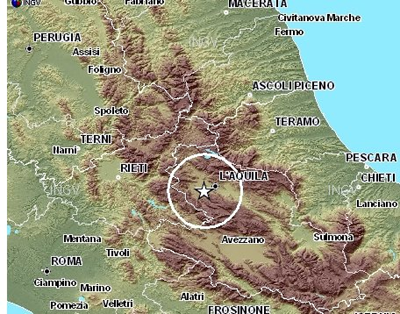 The event, sponsored by the MUnicipality of Rome, is organized by VERTICAL Onlus (Italian Foundation for the cure of paralysis), FIDIA Onlus (Italian Federation of Disability) in collaboration with FIABA Onlus (Italian Fund Elimination of Architectural Barriers) and ANTHAI Onlus (Association Protecting and Italian Handicap Invalids).Over the intent of the organizers, an opportunity to offer full support and assist the people affected by the earthquake in the night between 5 and April 6.
The event, sponsored by the MUnicipality of Rome, is organized by VERTICAL Onlus (Italian Foundation for the cure of paralysis), FIDIA Onlus (Italian Federation of Disability) in collaboration with FIABA Onlus (Italian Fund Elimination of Architectural Barriers) and ANTHAI Onlus (Association Protecting and Italian Handicap Invalids).Over the intent of the organizers, an opportunity to offer full support and assist the people affected by the earthquake in the night between 5 and April 6.
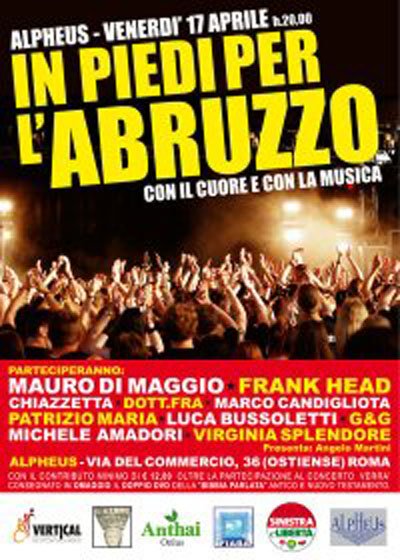 Through a contribution of 12 euro has been assured, in addition to participation in the concert music, including the ability to receive a free double DVD Speaking of the Bible, Old and New Testaments.To enliven the evening, by Angelo Martini, were the youngs of Sanremo Giovani: Mauro Di Maggio, Francesco Arpino, Chiazzetta, Dr. Fra, Marco Candigliota, Mary Patrick, Luke Bussoleti, G & G, Michele Amadori, Virginia Splendore.
Through a contribution of 12 euro has been assured, in addition to participation in the concert music, including the ability to receive a free double DVD Speaking of the Bible, Old and New Testaments.To enliven the evening, by Angelo Martini, were the youngs of Sanremo Giovani: Mauro Di Maggio, Francesco Arpino, Chiazzetta, Dr. Fra, Marco Candigliota, Mary Patrick, Luke Bussoleti, G & G, Michele Amadori, Virginia Splendore.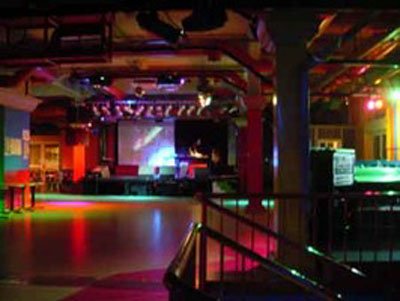 The world of music always comes down to testify in his own closeness to those who no longer has a house, who has lost everything he had, who saw their lives shattered in an instant.
The world of music always comes down to testify in his own closeness to those who no longer has a house, who has lost everything he had, who saw their lives shattered in an instant.
What is the best way to save the money?
Outlets! It seems given the rising number of customers who go there, to find the best price.
Here there are discounts during the whole year and outlets could be a good alternative to shopping centers, although a bit far from home.
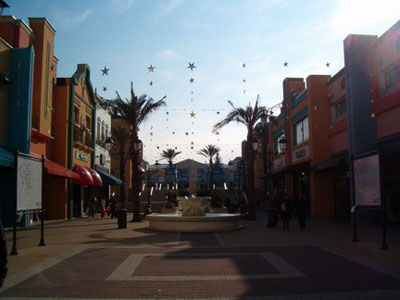
Usually the bigger outlets grows outside the city walls, but since the period of economic crisis, people prefer to travel by car over the road and focus on actual savings.
Thsi shopping places offer garments, footwear and accessories discounted at 30-40% and during the end of season sales you can easily reach 70% or more.This trend comes at great discount directly from English countries.The Web plays an important role in the hunt for discounted product and this time the trend comes from France, where for years there are sites that recover the practice of selling post.Near Rome there are two wide outlet, where the search of the discount and the head at the price of the occasion is something easily available.
Specifically these are Valmontone and Castel Romano.
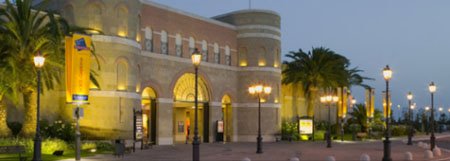
There is no choice, you can find great brands from Dolce and Gabbana to Pinko, from Diesel to Eredi Pisano, in short, these vast open spaces don’t allows you to escape without even having made a purchase.Some significant data may help to understand the reality of this great area:
Valmontone, opened in 2003, is composed of over 300 stores in an area of 100,000 mqs involving other 200 companies of fashion and even the furniture, the bedding and accessories for the kitchen.
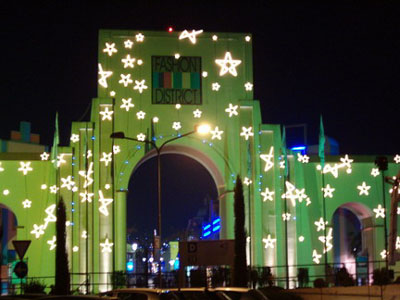
Castel Romano consists of only 110 stores of exclusives brands including Valentino. Built with an architectural style reminiscent of imperial Rome, Castel Romano Designer Outlet is located only 25 km from the center of Rome. 25,000 square feet of pure shopping.
A large free parking with over 2,000 parking spaces, bars, restaurants, ATMs, a great playing area for children.
A true temple of shopping in the Pontine heart.
Not far from the Tyrrhenian coast, during the summer is pleasant destination for a day of sun and sea.
A location easily accessible by even an hour from the other provinces of Lazio.
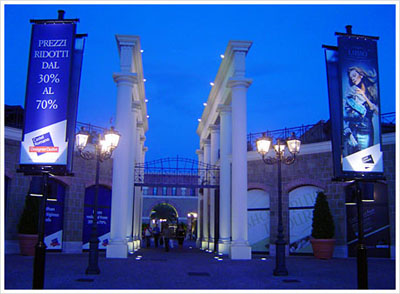
This relaxing oasis of shopping can satisfy every need, making it easier to purchase.
So enjoy it!
For lovers of Tennis, in these days the International Tennis 2009 will be presented at Stadio Olimpico of Rome.
Like every year, the competition, scheduled from April 25 to May , will have around 60 among the best players in the world.
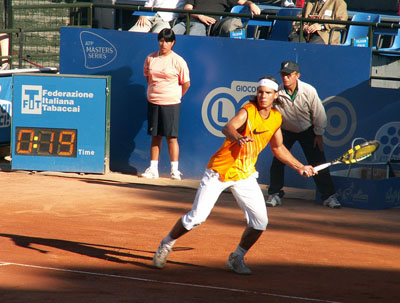
The 79th edition of the “Internazionali BNL di Tennis d’Italia” will share all the major stars of world ranking.
This year the premium for the winner is: 2,750,000 euros, for the men and 2,000,000 U.S. dollars for women.
At the championship, so with a total prize fund of over 4 million of Euros , organizers have to overcome the public record established last year: 162 thousand paying spectators.
For the occasion, the capacity of the central field was increased to 9500 seats. 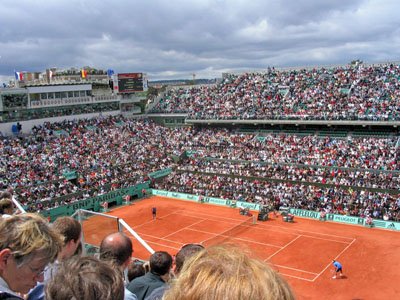
The test male will start April 25th, the female one, on May 3rd.
The two main innovations in the bill are Big Sunday of May 3rd (when both the male and female round) and the anticipation of the women’s final on Saturday May 9th.The decisive stages of both tournaments will again be broadcast live by Italia 1 channel, which for five years, has been the broadcaster of “Internazionali BNL d’Italia”.
SKY Sport will send all sessions of the game of the championship.
 The International is also a way to spend a pleasant evening in an open space, in fact the area has a restaurant / bar just near the tennis courts, whose view is definitely breathtaking: at a glance you can see the cupolas of the most beautiful basilicas in Rome, the roofs of the houses and the cathedral in its many architectural styles.
The International is also a way to spend a pleasant evening in an open space, in fact the area has a restaurant / bar just near the tennis courts, whose view is definitely breathtaking: at a glance you can see the cupolas of the most beautiful basilicas in Rome, the roofs of the houses and the cathedral in its many architectural styles.
During this event, it becomes an enchanting place for meeting for each age group. In conclusion, for those who believe that Italians are dedicated exclusively to the game of football, will be glad to know that are 5 Italians among these tennis players.Well … not only a nation of writers, surfers, poets, but also sports lovers.
In conclusion, for those who believe that Italians are dedicated exclusively to the game of football, will be glad to know that are 5 Italians among these tennis players.Well … not only a nation of writers, surfers, poets, but also sports lovers.
Rome has been preparing for so long for “The Saturday of the museum” a series of thumbnails that every Saturday, from April 4 until May 2, include the opening of some museums together with exhibitions of theater, music, and gastronomy.
Rome offers to its visitors new ideas to live the city during the day and night.
The initiative represents a clear choice of the Municipality of Rome to exploit the museums of the city, including venues and aggregation for the Romans, who in normal times can not enjoy the wonders of their beautiful Eternal City.
For this occasion, the Museum of the Capital will launch a series of animated opening night by large cultural events, thus proposing the museum not only as an exhibition space but also as a place for evening entertainment.
The 13th Of April, the day of “Pasquetta” has been full of theater: the 21 and 22.30, at the Museo Nazionale Romano di Palazzo Altemps, on stage “Il mondo della luna”, journey through the drama giocoso di Carlo Goldoni, music by Franz Joseph Haydn, constructed by mixing Ludovico Ariosto to Italo Calvino.
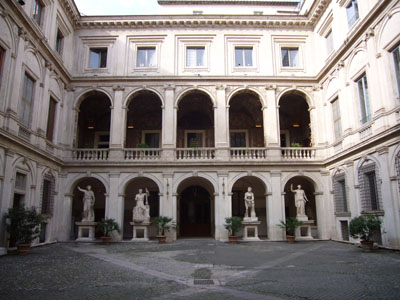
At Musei Capitonili , however, at 21 Gabriele Lavia suggested readings on “philosopher Marcus: between reason and reasons of state.”
The Gambero Rosso will delight the palates of the Roman Saturday 18 (19.30 and 21) to the Central Montamartini, with Italian wines, in a frame of industrial archeology.
The music player will be April 25: at the Museo di Roma in Palazzo Braschi will perform the string trio Ludwig, music by Beethoven and a transcript of the “Hungarian Dance” by Brahms. At Museo Nazionale Romano (at Terme di Diocleziano) , however, the quintet of Accademia Nazionale di Santa Cecilia will propose a repertoire of waltzes, marches and polkas of the Strauss family, but also jazz songs (21.15 and 22.30).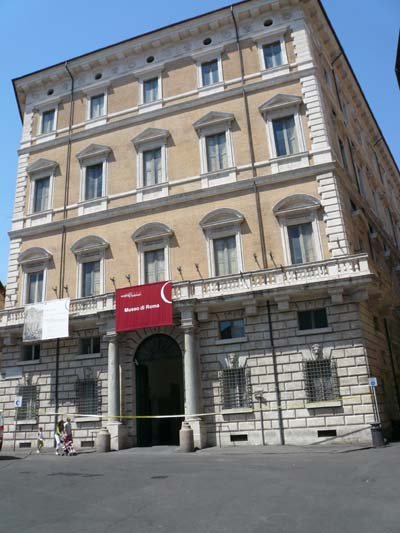 The event will end with a concert on May 2 to the Markets of Trajan, where the pianist Danilo Rea will perform in “Piano Solo”, while at the Galleria Nazionale d’Arte Moderna, the Trio will perform John Amato.
The event will end with a concert on May 2 to the Markets of Trajan, where the pianist Danilo Rea will perform in “Piano Solo”, while at the Galleria Nazionale d’Arte Moderna, the Trio will perform John Amato.
Admission to all performances is 5 euro, until the places available.
Rome has recently developed several cultural activities to promote and enhance its wonders.
Now, there wion’t be more excuses for discovering Rome. People: let’s go!
We continue the journey to discover the Roman names, with the vast repertoire of stories, myths, anecdotes and secrets that rest in those names. Much history of the city is also contained in the names of many churches. Piazza della Pace (a few steps from Piazza Navona), for example, is a small square, almost hidden, which owes its name to an important moment in the history of Italy. Around 1480, here was a church dedicated to St. Andrew, which had outside an image of Maria. During an evening outdoors, finished in brawl, a stone struck the face of Mary that began to bleed. Pope Sixtus IV went in procession to the place of wonder and interpreted it as a warning against wars that rend Italy after the Pazzi conspiracy in Florence. The pope wanted in the place was built a temple dedicated to Madonna della Pace, like a votic to invoke Mary to avoid another tear in the peninsula.
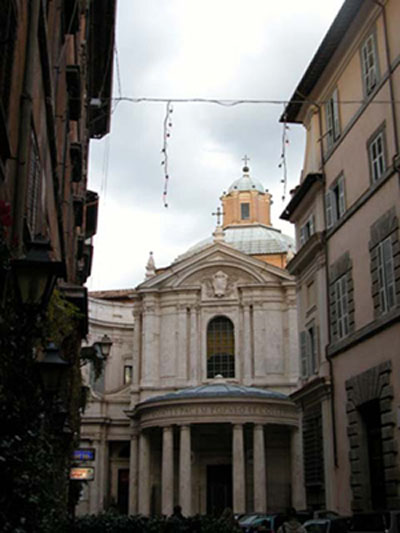
Another curious case is about Piazza della Quercia (behind Piazza Farnese), the origin of whose name is still doubtful. The most credited is that which tells of a church, entrusted in 1532 to the powerful corporation of butchers Romans. As it is tradition, workers belonging to the same category were for the most part from the same locality, in this case, from Viterbo and its countryside. The church, which was originally dedicated to San Nicolò di Capodiferro, became Santa Maria della Quercia also to honor the Virgin in Rome in the omonyme venerated shrine of Viterbo, where is holded the miraculous image painted on a fragment of tile, found near a oak.
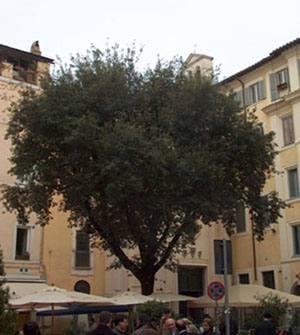
When someone speaks of Rome, usually thinks about the main attractions of the Eternal City, of several monuments reminding centuries of history, of all museums that satisfied the curiosity of tourists from a lot parts of the world, telling also stories of famous people and not only …
However, not all of them, find that in every corner of the city, there are hundreds or perhaps thousands of lucky witnesses, the most common of everyday life: the cats of Rome!
Beautiful cats of every breed and size, multicolored or with a single color, of a neighborhood or of a private person.
Small and sweet animals, camouflaged among the cars in the parking areas, between the loops of all places, on benches in parks or in the middle of traffic, and which often give color and grace of the infinite beauty of the capital.
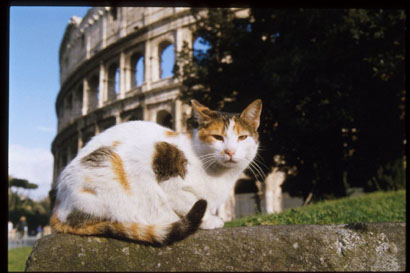
They are so involved in the capital life, that now in all stores where tourists usually go, it is impossible that miss the classic card with a cat at the foot of a historical statue or, tired in the warmer months, it quenches the Trevi Fountain or Fontana Barcaccia (wonderful work of Bernini) located at Piazza di Spagna.
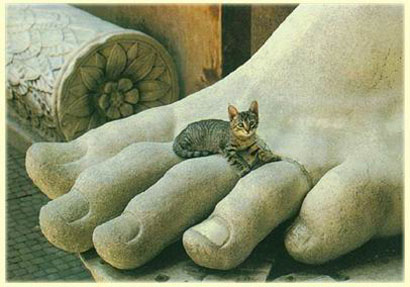
The protagonist of the Roman landscape, the feline population is increasing, so that we reach even more than 300 colonies with different locations.
There are also the so-called “gattare”, the old women that deal with these animals, cuddle them and spend a lot of time as well as give them something to eat and often take care of their health and cleanliness.
However has to be noted that not always they are old people. Lately I have more and more frequently to seen children and families who care even though it is often difficult to take pets inside their homes.
Often there are even entire blocks that “adopt” as a mascot these beautiful animals.
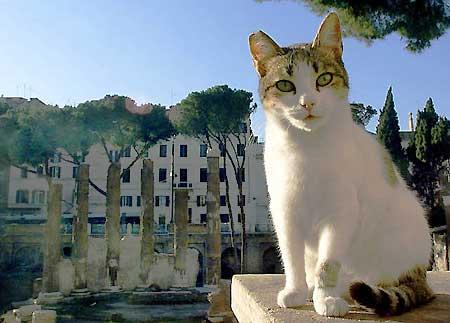
We hope this habit takes more and more foot in the city life, do not have pets at home to care for and love them equally.
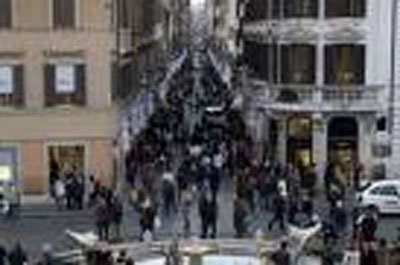
Considered in the sixties the meeting point for the most popular of the Dolce Vita, now the famous Via dei Condotti was described by Vogue magazine the 5th Street most prestigious into the world of the luxury shopping.
For the lovers of fashion and beauty the greatest signatures, leather goods and jewelry must have a boutique in this wonderful street, a showcase that can enhance the prestige and status. On a long avenue of luxury, offering sumptuous extreme every kind of product dedicated to a target of Elite: here you can also find shoes from 2000 EURO each.
Special and unique in these stores you can also find items whose manufacture is reserved for the chosen few as made in limited numbers.
Those few meters, which make up this avenue are outlined on the one hand from the splendid Piazza di Spagna, which highlights the beauty and amplifies the surreal atmosphere and on the headquarters of Fendi sisters.You can found greats brands like Louis Vuitton, Luisa Spagnoli, Hermes, Bulgari, Damiani, Prada, Christian Dior and many many more.
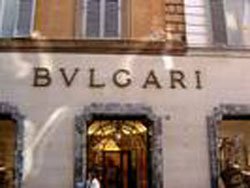
In the period of balances these stores are forced to set up barriers and security people to adjust the flow of potential buyers or just curious people who go to these structures in order to gain a designer piece at a price of occasion. Without doubt in this place appear to prevail upon an extreme look that only the branded product has to offer, and as in every age a chance to show can be an added value to ego.
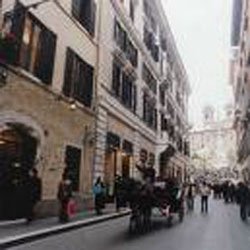
The spectacular productions produced by these shops to decorate their windows, may be think to be in an other world. For lovers of luxury, beauty, the splendor is impossible not to walk in Via dei Condotti, once arrived in Rome. Among the many shops, located one after the other, you can also find the famous Greek Cafe become known over the years and considered one of the most refreshment “inn” of the Capital. In addition to historical, coffee is famous for its many famous visitors had over the years has been for a long time, and partly still is, a meeting place for intellectuals. It meets once a month, the group of Roman scholars and academic experts in particular of the city of Rome.
As is well known to generations of couples, romantics and travelers from every country, from the long avenue of trees Janiculum you can admire one of the most evocative view of the universe. The walk moves to the south, among the marble busts depicting illustrious garibaldini that helped the unification of Italy. To the west, however, you can admire the wide and scenic “Fontanone,” erected by Giovanni Fontana and Carlo Maderno for Pope Paul V. Nearby, stands the famous church of San Pietro in Montorio, known for the temple of the Renaissance Bramante enclosed in the yard and become historical goal of several couples who formalized their union religiously.
The view from the wonderful Gianicolo Hill is perhaps the best in Rome: in a single glance you can recognize all the major historical sites in the capital and the major basilicas. In the background the imposing Colli Albani, once a sacred and religious center for the first Romans, dominate the scene. According to one of the legends of ancient Roman mythology, the hill of Gianicolo have hosted the city founded by the God Janus, that he had several children one of whom Tiberino, from which derives the name of the Tiber (Tiber in Latin). The site acquired, over time, the vocation to inspire heroic acts by Muzio Scavola Garibaldi that in legend or in fact, have shaped the history of Rome. The Gianicolo, was also a theater where the battles took place for the Unity of Italy: in 1849 there Garibaldi defended valiantly the Roman Republic from French troops. At the top of the hill below the statue of Garibaldi is, from 24 January 1904, a gun that shoots, at noon.
The shot when the city is less noisy you can hear up until the Esquilino. This practice was established in 1847 by Pius IX, to give a standard to the bells of the churches of Rome, so that not to play at noon each of its sexton, but all together at the same time. Who went to Rome can not miss the opportunity to visit the hill of Gianicolo.
[/lang-en]
That Rome has a wealth of history is more than obvious, not only because it is a city with three thousand years on his shoulders! But perhaps what escapes to tourists who visit it every day is “another story” of the capital, the humble, one that only an observant eye can see, one made of taverns, markets, traditions, in other words one contained in toponymy capitolina. Our trip to find a place names curiosity starts from a square in the heart of the city that houses a typical small market. Piazza delle Coppelle: a handkerchief of space occupied by a few crowded benches, skins under the feet, strong odors. The name of the square stems by the profession mainly exercised in the area: here were established the “cuppellari” manufacturers of “cuppelle” small barrels which were used for the transportation of wine.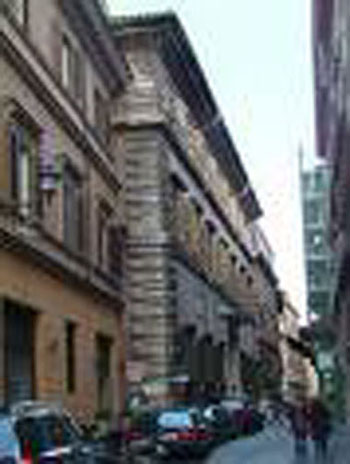
So, Rome grateful to the category named a church, Santa Maria in the Chapel, where “Chapel” recalls the ancient name of “cuppella”.Under another sign and very curious, the origin of the name of the street dell’Arco Ciambella. It seems that stems from a discovery made in the sixteenth century, which then became a sensation during the excavations of the Baths of Agrippa to the Pantheon, wanted by the Cardinal della Valle, was found a golden imperial crown surrounding the archway. The crown appeared similar to some donuts eaten in Rome. The landlord of an inn nearby, rode the wave of enthusiasm for the discovery and named the local “all’Arco della Ciambella.” Nowadays, the name is the only survivor: the house has disappeared and the remains of the baths were demolished.
